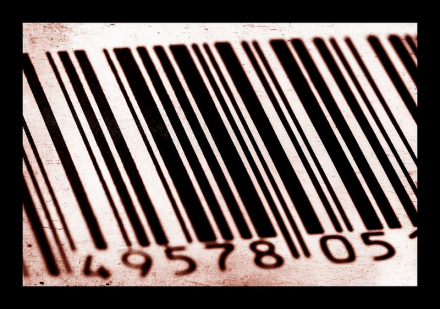How to Tell Where Your Food Comes from
Consumers in North America and Europe are consciously opting for nationally – or better still locally – grown foods as a way of reducing fossil fuel use and carbon dioxide emissions. Increasing concern over “food miles” (i.e. the distance their food travels before reaching their table) has led the US Congress to enact country of origin labeling (COOL) on fresh beef, pork, lamb, fresh fruits, nuts and vegetables. The right of the US government to require COOL was recently upheld by the World Trade Organization, in response to a complaint by Canada and Mexico. The WTO ruling is confusing, as the secret tribunal that decides such matters also ruled the COOL labeling requirements the US was requiring were excessively burdensome. See WTO Dispute Settlement.
Although COOL labeling is not required on frozen, canned or processed foods, the country responsible for manufacturing an item is indicated by the first three digits of the bar code. The latter is used universally in automated checkout systems.
Deciphering the bar code:
00-13 USA & Canada
30-37 France
40-44 Germany
49 Japan
50 UK
57 Denmark
64-Finland
76 Switzerland and Liechtenstein
93 Australia
94 New Zealand
480–489 Philippines
628 Saudi-Arabia
629 United Arab Emirates
690-695 China (including Hong Kong)
740-745 Central America
750 Mexico
885 Thailand
893 Vietnam
Consumers need to be aware that China, Hong Kong, Thailand and Vietnam have no food inspection regulations. Thus there is no guarantee food manufactured in these countries is safe.
For more country codes go to EAN codes
photo credit: jDevaun via photopin cc


The Most Revolutionary Act
- Stuart Jeanne Bramhall's profile
- 11 followers




